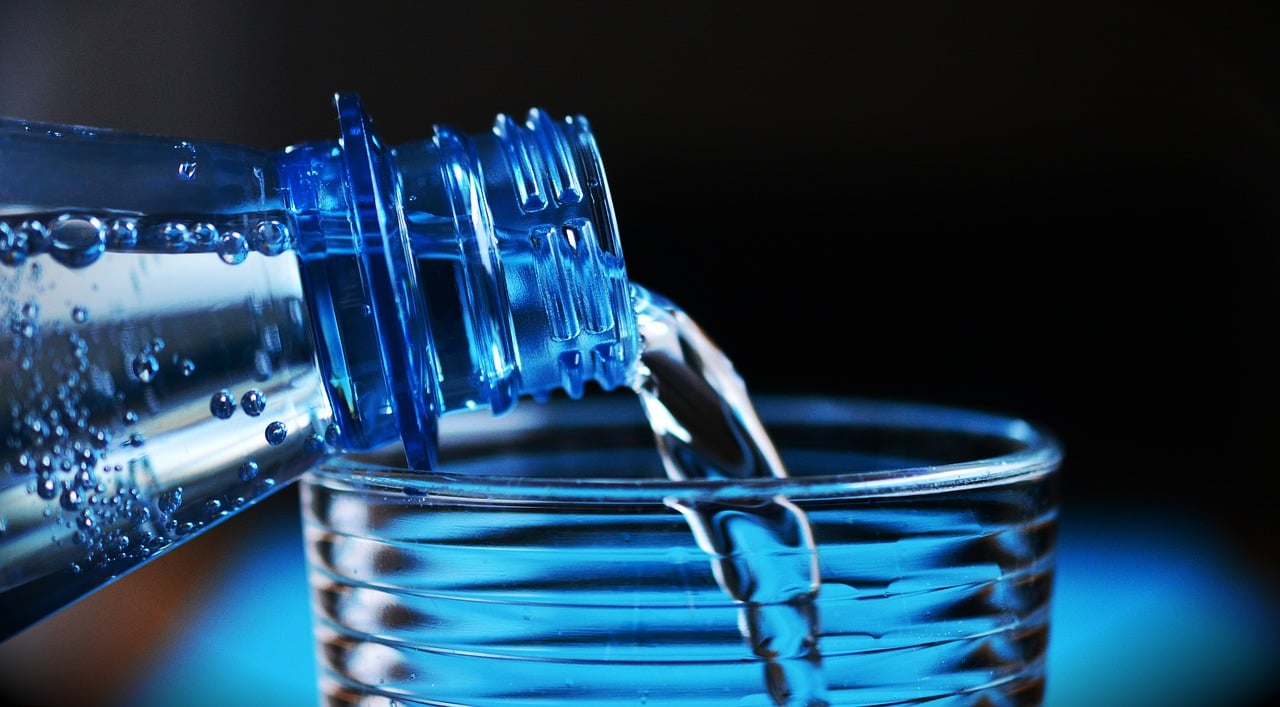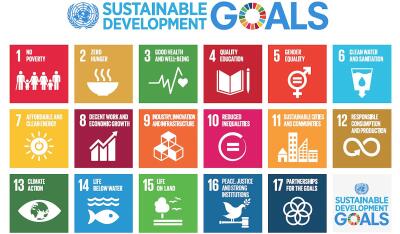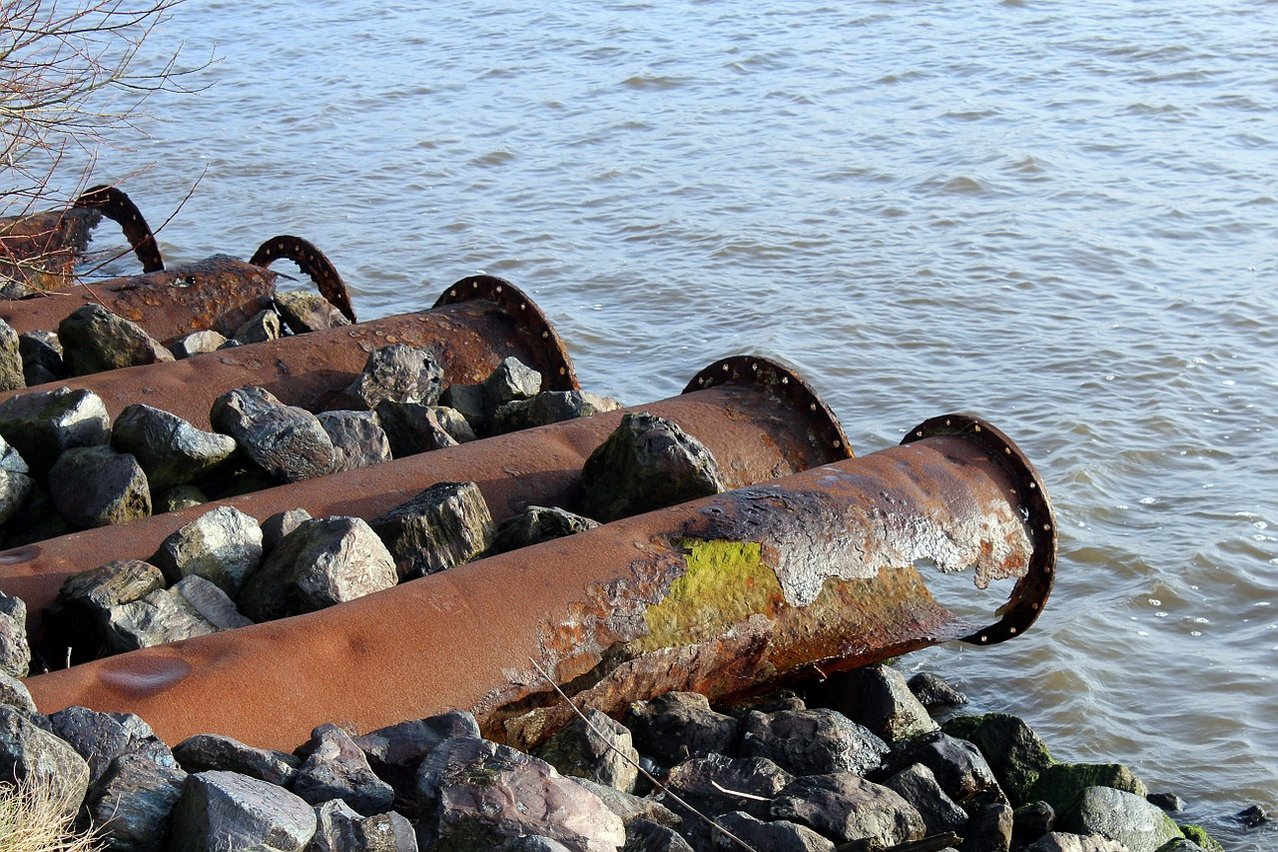2018 World Water Week

Sunday marked the start of 2018's World Water Week (August 26 through 31); six days dedicated to raising awareness of the world's growing water waste problem.
World Water Week is organized by the Stockholm International Water Institute, which hosts an annual conference and awards ceremony in Stockholm, Sweden. The theme for World Water Week 2018 is "Water, ecosystems and human development," with a focus of nature-based solutions.
This theme focuses on three main targets within the United National Sustainable Development Goals (SDGs):

- SDG 6, target 6: "by 2020, protect and restore water-related ecosystems, including mountains, forests, wetlands, rivers, aquifers and lakes"
- SDG 15, target 1: "by 2020, ensure the conservation, restoration and sustainable use of terrestrial and inland freshwater ecosystems and their services, in particular forests, wetlands, mountains and drylands"
- SDG 9, target 1: "develop quality, reliable, sustainable and resilient infrastructure, including regional and trans-border infrastructure, to support economic development and human well-being, with a focus on affordable and equitable access for all"
Wastewater is a Growing Problem
The amount of wastewater produced around the globe is staggering. The average American produces more than 80 gallons of wastewater per day. That's as much as a full bathtub every day. As much as 50 percent of outdoor water use is wasted due to wind and runoff due to inefficient irrigation systems.
Beyond wasting water, there is serious environmental and personal harm caused by contaminated wastewater, which must then use more resources to be properly treated to be released back into the waterways. This video explains the Clean Water Act and the extent of water rehabilitation that is done in the U.S.

Fashion's Water Waste
The fashion industry produces 20 percent of the world's wastewater. This is just one more reason Planet Aid is committed to reducing the need for new textiles by collecting and reusing already made garments.
With recent backing from the UN, the waste of the fashion industry is being brought to the front of the public's mind, and many are taking this year's World Water Week as an opportunity to create awareness of this waste. Fashion was one of two industries that were highlighted by the Irish Sun as "hidden" water wasters. We don't think much about the amount of water used to produce our clothing, but between growing crops and dyeing, a lot of water goes into your jeans.
This is only exacerbated by the rapid increase in clothing consumption. In the last 15 years, clothing consumption in the US has nearly doubled, meaning that water waste due to fashion has nearly doubled. On top of that people are only keeping and using the clothing they buy for half as long.
"You know the color in fashion next season by the color of the rivers in China." —Linda Greer, Director of the Clean by Design Program, NRDC
This World Water Week, take a look at your water consumption—not just in your home, but also through the products you buy and use. Stop by the Planet Aid Thrift Store for some guilt-free shopping or drop off your unwanted textiles in a big yellow bin. The world's water systems will thank you.
